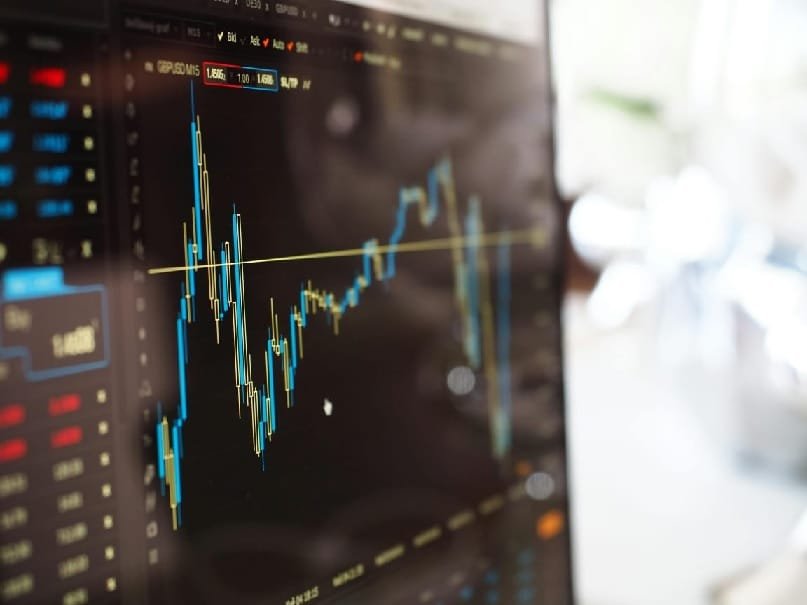The forex market is a dynamic and fast-paced arena in which currencies are traded globally. It presents lots of chances for investors and traders hoping to profit from changes in the value of currencies. Trends help traders approach possible successful positions by indicating the direction the market is headed. This article discusses the importance of understanding forex market trends, as well as strategies for identifying potential lucrative deals.
Recognizing the Importance of Forex Market Trends
Anyone who trades currencies must first understand the forex market’s tendencies. The forex market operates 24 hours a day, providing traders with a wide range of opportunities to profit from price movements. Forecasting the future movement of money pairs is, however, difficult and requires the ability to recognize and analyze trends. These trends are shaped by a variety of factors, including central bank policy, market sentiment, geopolitical events, and economic data.
Trends are typically defined as either upward, downward, or sideways, and they present a variety of opportunities and issues. Consistent price increases suggest an upward trend in a bull market. A bearish market is characterized by a downward trend in prices. A sideways trend, also known as a range-bound market, is the movement of prices within a narrow range that lacks an evident upward or downward tendency.
Utilizing Technical Analysis to Spot Opportunities
Technical analysis is a powerful technique for recognizing patterns in the forex market. Analyzing past price data and applying several chart patterns, indicators, and oscillators helps one to forecast future price swings. Examining charts help traders identify trends and repeating patterns that can point to the direction of the market. Common chart patterns, including head and shoulders, double tops, and triangles, might suggest possible reversals or continuance of trends, for instance.
The moving average is among the most often utilized technical indicators for trend study. By smoothing out pricing data over a given period, the moving average helps traders more precisely determine the direction of the trend. A price above the moving average points to an uptrend; a price below the moving average points to a decline.
The Role of Economic Indicators in Identifying Forex Trends
Economic factors shape forex market patterns. These markers offer insightful analysis of the state of an economy, which directly affects the value of its currency. Important information traders use to determine the future direction of the market comes from key economic reports such as GDP, employment statistics, inflation data, and interest rate changes. A stronger-than-expected job report can indicate a developing economy and cause the value of the currency to rise.
Forex trends also rely on central banks. Monetary policy and interest rate decisions directly affect the value of money. Usually, a central bank strengthens the currency when it increases interest rates since higher rates draw foreign capital. On the other hand, a central bank’s lowering of interest rates usually depresses the currency.
Understanding Geopolitical Events and Their Impact on Forex Trends
The Forex market can be influenced by geopolitical events. Political instability, trade agreements, international diplomatic relations, and political uncertainty all have an impact on currency exchange rates. Elections, changes in political leadership, or changes in trade policies can cause market uncertainty and hence increase volatility.
Traders must be informed of current events and how they can affect currency pairings. In times of political unrest or economic disaster, a country’s currency is likely to weaken. Political stability or favorable trade negotiations, on the other hand, can aid in the strengthening of a country’s currency. Geopolitical events can cause unanticipated price movements; hence, for traders, prompt reaction to such happenings can offer significant opportunities.
Using Sentiment Analysis to Understand Market Trends
Forex market patterns are much influenced by market attitude. Sentiment analysis determines the general attitude or mood of market players toward a given currency or economic event. Sentiment indicators assist traders in determining whether the market is too optimistic or pessimistic about a currency, so guiding future moves.
Understanding market emotion is very crucial for short-term traders, so you can study forex day trading which helps you learn and practice effective tactics. By recognizing whether sentiment is overly bullish or bearish, traders can identify opportunities to capitalize on potential reversals or breakouts. The Commitment of Traders (COT) report provides information on the positions of major institutional traders, allowing one to assess market sentiment. Forex traders can predict the market’s direction by analyzing the positions of both commercial and non-commercial players.
Conclusion
Understanding forex market patterns and recognizing chances requires knowledge, experience, and discipline. Traders who understand the direction of the market, whether through technical analysis, economic data, or sentiment analysis, are better positioned to make sound decisions and profit from price fluctuations. Although there are obstacles in the FX market, having a thorough understanding of trends and the factors that influence them will offer you a significant advantage. Those who stay patient, disciplined, and knowledgeable about global events and economic data will be better able to navigate the complexities of the currency market and achieve long-term success.



